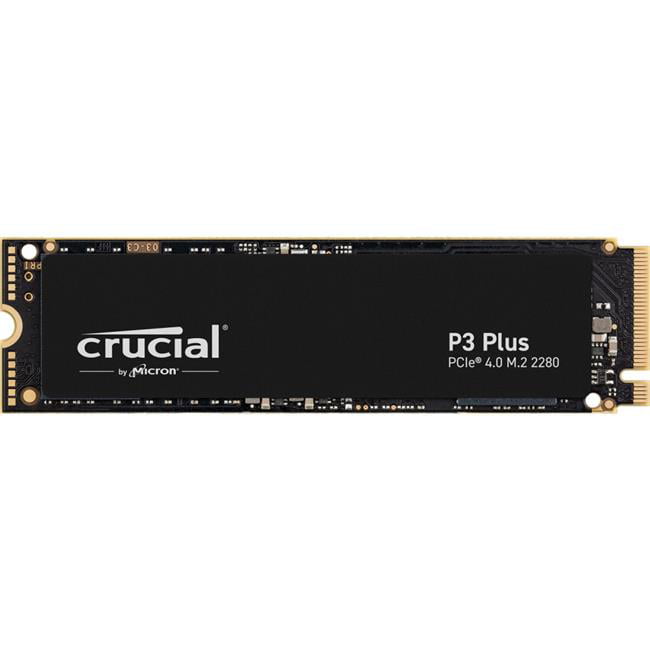Will Adding a SATA SSD Slow Down My NVMe ZFS Pool?
The obvious answer to that title would be yes, but by how much?
I recently built a new server with an NVMe SSD as the primary VM storage. For redundancy, I wanted to mirror it with another drive, but the motherboard only has one NVMe slot. My only option was to use a SATA SSD. But would adding the slower SATA drive drag down the performance of my NVMe ZFS pool?
Test Setup
- Motherboard: Supermicro A2SDi-H-TF
- NVMe SSD: Crucial P3 Plus 2TB
- SATA SSD: Crucial MX500 2TB
The NVMe drive is connected via PCIe 3.0 x2. The SATA drive is plugged into one of the SATA3 ports.


Baseline Read Performance
First, I tested the sequential read speed of the NVMe SSD alone using hdparm.
Results came out at about 600 MB/sec avg.
> hdparm -tv /dev/disk/by-id/nvme-CT2000P3PSSD8_xxx
/dev/disk/by-id/nvme-CT2000P3PSSD8_xxx:
readonly = 0 (off)
readahead = 256 (on)
geometry = 1907729/64/32, sectors = 3907029168, start = 0
Timing buffered disk reads: 1822 MB in 3.00 seconds = 607.21 MB/sec
Next, we performed the same test on the SATA SSD.
> hdparm -tv /dev/disk/by-id/ata-CT2000MX500SSD1_xxx
/dev/disk/by-id/ata-CT2000MX500SSD1_xxx:
multcount = 0 (off)
IO_support = 1 (32-bit)
readonly = 0 (off)
readahead = 256 (on)
geometry = 243201/255/63, sectors = 3907029168, start = 0
Timing buffered disk reads: 1486 MB in 3.00 seconds = 494.76 MB/sec
As expected, the SATA drive read speed was slower - around 80% of the NVMe drive. Not by as much as I would have thought, but notable nontheless.
Baseline Write Performance
I also checked the sequential write speed of the single-drive ZFS pool on the NVMe SSD.
> dd if=/dev/zero of=/mnt/mydrive/test oflag=direct bs=128k count=320k
327680+0 records in
327680+0 records out
42949672960 bytes (43 GB, 40 GiB) copied, 33.0295 s, 1.3 GB/s
Mirroring the Drives
Let’s now add the SATA SSD to the ZFS pool.
zpool attach -o ashift=12 mypool nvme-CT2000P3PSSD8_xxx ata-CT2000MX500SSD1_xxx
pool: host1-nvme1
state: ONLINE
status: One or more devices is currently being resilvered. The pool will
continue to function, possibly in a degraded state.
action: Wait for the resilver to complete.
scan: resilver in progress since Fri Jun 30 12:04:38 2023
836G scanned at 2.09G/s, 94.2G issued at 241M/s, 836G total
95.5G resilvered, 11.26% done, 00:52:31 to go
config:
NAME STATE READ WRITE CKSUM
host1-nvme1 ONLINE 0 0 0
mirror-0 ONLINE 0 0 0
nvme-CT2000P3PSSD8_2239E66E634E ONLINE 0 0 0
ata-CT2000MX500SSD1_2116E598CDFC ONLINE 0 0 0 (resilvering)
This triggered a resilver to sync the drives. At the time, I did regret not having done a sequential resilver, which would have made things much faster. Total time to resilver 881GB was 47 minutes.
Performance Impact
With both drives mirrored, the read speed has skyrocketed. This might have to do with the benchmarking tool used to some degree (dd vs hdparm) but the gap is obvious.
> dd if=test of=/dev/null bs=128k count=320k
327680+0 records in
327680+0 records out
42949672960 bytes (43 GB, 40 GiB) copied, 18.1141 s, 2.4 GB/s
The write speed dropped, but just a bit.
> dd if=/dev/zero of=test oflag=direct bs=128k count=320k
327680+0 records in
327680+0 records out
42949672960 bytes (43 GB, 40 GiB) copied, 36.6347 s, 1.2 GB/s
That’s excellent performance for a mirrored pool, and alievates my performance concern! The NVMe SSD is able to stretch its legs despite having a slower SATA partner.
Conclusion
Mirroring my NVMe ZFS pool with a SATA SSD resulted in only a minor read performance reduction over a standalone NVMe. The sequential read and write speeds are still great. And I now have full redundancy and protection against drive failure. For homelab usage, the SATA/NVMe combo works perfectly well!